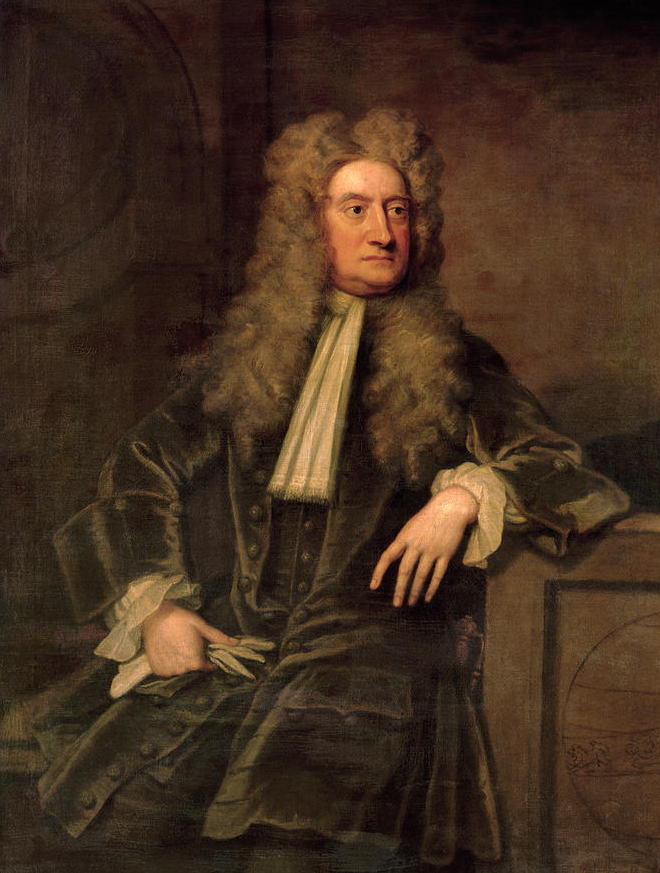On a late summer day in 16th century England Isaac Newton’s first book, which he had been working on for several years, was finally published. The Royal Society of England published his work, Principia, on July 5th, 1687, nearly two years after Newton completed his first draft.
Principia is a collected work of some of Newton’s most momentous discoveries and contributions to science and mathematics. Two of the most fundamental and predominant principles applied and illustrated throughout Principia were the Laws of Motion and Newton’s Law of Universal Gravitation.
Newton’s Laws of Motion were used to investigate and explain the intricacies of motion pertaining to physical objects. While the Law of Gravitation states that “every particle attracts every other particle with a force that is proportional to the product of their masses.” Newton showcased his theories through complex empirical observations and inductive reasoning. Scientists and philosophers worldwide marked this as a unification between the phenomena of gravity and the obscure behaviors shown in astronomy.
These concepts and equations laid the foundation for Classical Mechanics while simultaneously being one of the most paramount works in the history of science! Sir Isaac Newton will eventually create two more editions to his work, adding on new substance and correcting the errors he found in the first edition of Principia.
Unfortunately, despite the groundbreaking illustrations of the author, it took the world almost a century to accept Newton’s theories as coherent and reliable.
However, once accepted, a whole new way of perceiving the world opened up. Science had taken us to where we were formerly only able to go through conjectures and hypotheses. Therefore, July 5th, 1687, will continue to be remembered as the day when Newton presented his contributions to the world and forever changed the course of history.

